Adapting in today's VUCA world
Starting 2025, the last year before entering the “New Era”, each of us needs a moment of silence to reflect on an old concept VUCA – a term referring to the chaos of today’s world (*).
Each individual can probably feel that VUCA world is clearly present in their own lives and those close to them, from rural to urban areas, from the poor to the rich.
Perception is a process. That silence is necessary for us to feel, adjust and adapt if we do not want to be left out of development.
Every person is like that, every country and nation is no different in a VUCA world full of uncertainty but progressing faster than ever in human history.
We Vietnam are not out of that cycle.

The shackles and dogmas that hold us back need to be broken so that the country can move forward to prosperity, progress and civilization. Photo: Hoang Ha
The achievements of 40 years of Renovation have proven that every time people are motivated and freed from barriers, the country develops dramatically.
From a single-component state economy, Vietnam has reformed its economy, empowered people and businesses, and developed towards a market economy.
As a result, we have been considered a “global economic star” for the past 30 years and have one of the fastest GDP growth rates in the world. From 1990 to 2022, Vietnam’s GDP per capita grew at an average annual rate of 5.4%, faster than any other economy in the region except China and Myanmar, according to the World Bank.
The country's poverty reduction efforts are consistently among the best in the world, with the poverty rate falling to 1.9 percent from 60 percent in 1986.
But Vietnam's GDP per capita still ranks only 124th in the world, and the size of our economy, although ranked 40th, accounts for less than 1% of global GDP. Lagging behind still haunts our country.
Meanwhile, the easy-to-pick fruits of Doi Moi have dried up, the economic drivers have declined, business confidence has faded, and the risk of getting old before getting rich has gradually become apparent as the golden population period gradually passes in the coming decade.
We must change that reality. The shackles and dogmas that hold us back must be broken so that the country can move forward to prosperity, progress and civilization if it does not want to fall into the middle-income trap.
A new development trajectory
The development milestones in the next 20 years demonstrate the aspirations and determination of leaders through very new development perspectives that are gradually taking shape as outlined below:
Economic development is the central task. Take development to maintain stability, stability to promote development.
Institutional breakthrough is the “breakthrough of breakthroughs” because institutions are the “bottleneck of bottlenecks”.
Enterprises are free to do business in anything that is not prohibited by law; while state agencies are only allowed to do what is permitted by law.
Promote market principles in resource mobilization and allocation, while eliminating the "ask-give" mechanism and subsidy mindset.
Build an effective, dynamic administration and a safe, transparent, low-cost, international-standard investment and business environment to promote entrepreneurship and enrichment.
Strong and comprehensive decentralization to localities in the direction of "local decision, local action, local responsibility".
Clear bottlenecks, free up resources.
There are effective mechanisms and policies in discovering, nurturing, attracting and promoting talents both domestically and internationally.
Building a complete, synchronous, modern, and integrated socialist-oriented market economic institution.
The above reform commitments, fortunately, come from the top down instead of from the bottom up, like previous reforms with many hesitations and indecisions, of which Contract 10 is a typical example.
The above development-oriented policies and many more, if truly transformed into laws and policies and effectively implemented, will promise to remove all barriers and taboos to liberate all resources among the people.
The revolution of streamlining the state apparatus is taking place; two national projects, high-speed railway and nuclear power, have been approved; Ho Chi Minh City and Da Nang have been chosen to develop as international financial centers; the highways being connected are breakthroughs that prove the viewpoint that "economic development is the central task".
Here are some very ambitious goals that are being set and will soon become law:
In 2025, strive for GDP growth of 8% or more, creating momentum for continuous double-digit growth in the period 2026 - 2030.
If we do not strive for the above goals, it is likely that Vietnam will not achieve the goals of the entire 2021-2025 period, will not be able to escape the middle-income trap, and will not be able to achieve the two 100-year goals by 2030: becoming a developing country with modern industry and high middle income, and becoming a developed country with high income by 2045.
Relying on people for double-digit growth
The question is, what should we rely on to develop a breakthrough, to make the economy "self-reliant" and to make the people "proud and self-respecting"?
The short answer is: rely on the people, as President Ho said: "Whatever is beneficial to the people must be done, whatever is harmful to the people must be avoided."
Here are some basic figures from the 2023 Statistical Yearbook, according to which the State economic sector accounts for 20.54% of GDP, the foreign-invested sector accounts for 20.45% of GDP, much lower than the proportion of the non-state economic sector at 50.46%.
Since the General Statistics Office does not publish the contribution rate to GDP of the officially registered business sector, we would like to quote data from the Central Economic Committee: the proportion of the officially registered sector has hovered around less than 10% of GDP for many years now.
In other words, this economic sector cannot grow, and the household economic sector still accounts for the majority of the non-state economic sector. The economy still relies mainly on street vendors, grocery stores, pho vendors, online sales, and small and petty handicrafts.
Why can't the officially registered business sector grow? The answer is because "institutions are the bottleneck of bottlenecks"
Why does a real estate project need 40 seals? Why do Vietnamese people have to go to Singapore to do startups instead of staying in their home country? Why are there nearly 16,000 business conditions created to limit people's right to do business?
Private enterprises are the country's potential, untapped endogenous capacity.
If the potential areas and core capacities of the economy and the country continue to develop sluggishly and weakly, how can we develop into self-reliant and self-respecting people?
There is no other way but to enhance the country's endogenous capacity, as Minister of Planning and Investment Nguyen Chi Dung once said: the private economic sector must become the most important driving force.
Currently, there are 184 laws and about 200 decrees related to the organization that need to be revised and supplemented when streamlining the apparatus. What will happen to businesses and people with this huge number of documents when many agencies will be merged in the near future?
The current institution is the “bottleneck of the bottleneck”, institutional breakthrough is the “breakthrough of the breakthrough” for development. If we approach law-making in this way, the huge number of laws and decrees, and even more, will be resolved.
According to World Bank calculations, under the current scenario, Vietnam's potential growth rate will decline to an average annual rate of 5% over the next two decades, mainly due to a slowdown in labor supply growth, causing Vietnam's per capita income to fall short of high-income country status by 2045.
To become a high-income country by 2045, Vietnam’s current per capita income ($4,700) will need to more than triple over the next twenty years. That means Vietnam will need to sustain per capita GDP growth of around 6% per year and maintain even higher productivity growth of 6.3%, given a relatively declining working-age population over the next two decades.
These are bitter but necessary warnings.
In the book The Narrow Corridor by Daron Acemoglu and James Robinson, recently published by Tre Publishing House, the Nobel Prize-winning economist asks the overarching question of “why only a few countries succeed” in achieving freedom and prosperity.
The short answer is: To achieve freedom and prosperity, nations must navigate a “narrow corridor” that requires a delicate balance between the powers of the state and society.
That narrow corridor, which more than 40 countries have successfully crossed to move forward to prosperity, has been opened for the country to enter with a new and different development trajectory that the leaders have indicated.
To face today's volatile VUCA world, desire needs to be nurtured, motivation needs to be stimulated, and space for freedom and creativity needs to be opened up for each individual, for each organization and for the whole country.
(*) VUCA is formed from four words: Volatility, Uncertainty, Complexity and Ambiguity.
Vietnamnet.vn
Source: https://vietnamnet.vn/chung-ta-can-buoc-vao-quy-dao-moi-va-khac-2368545.html
































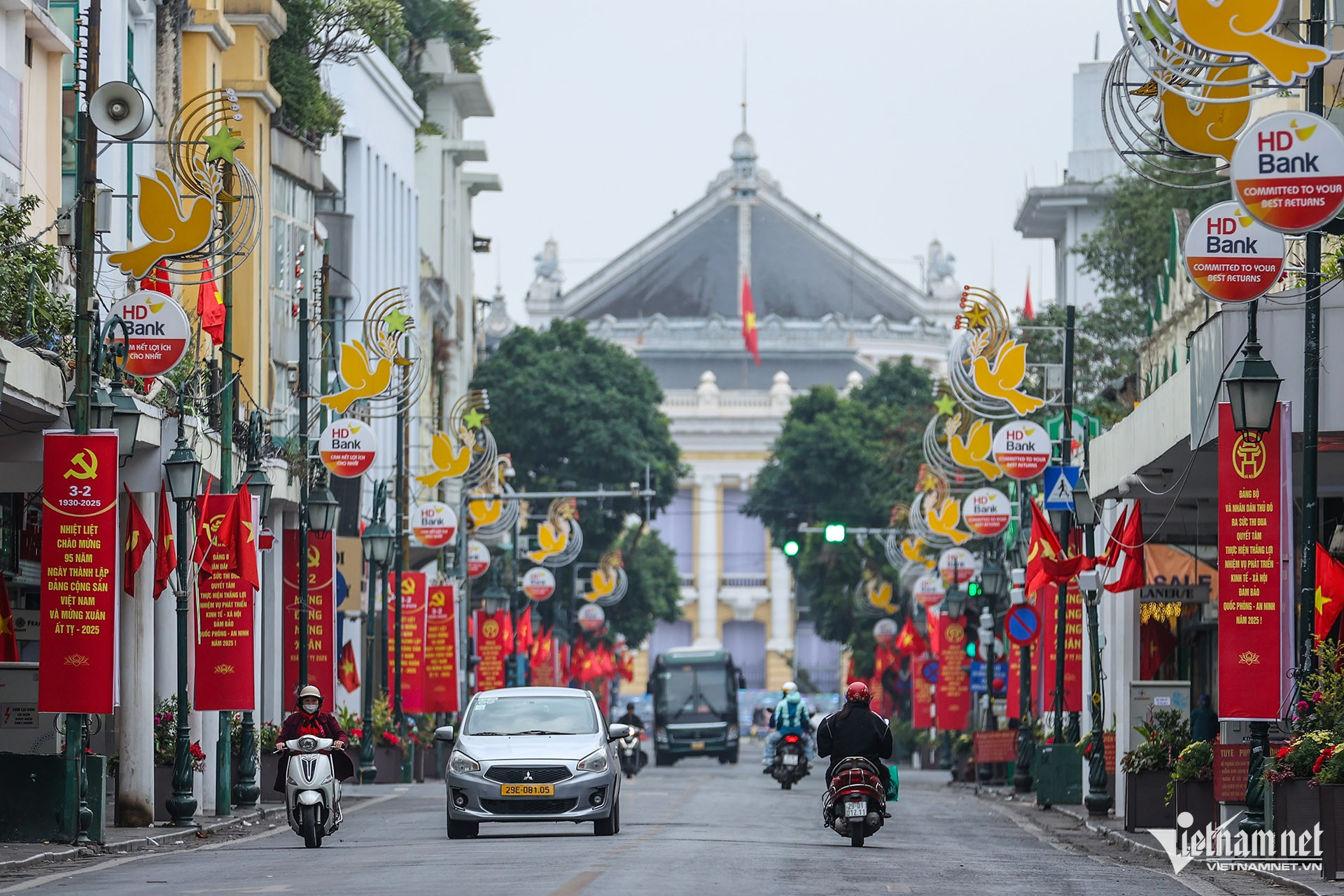
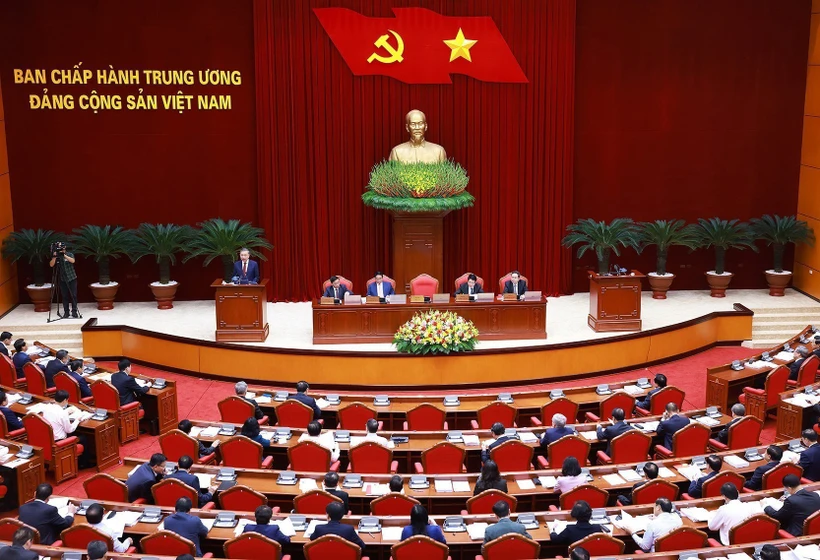

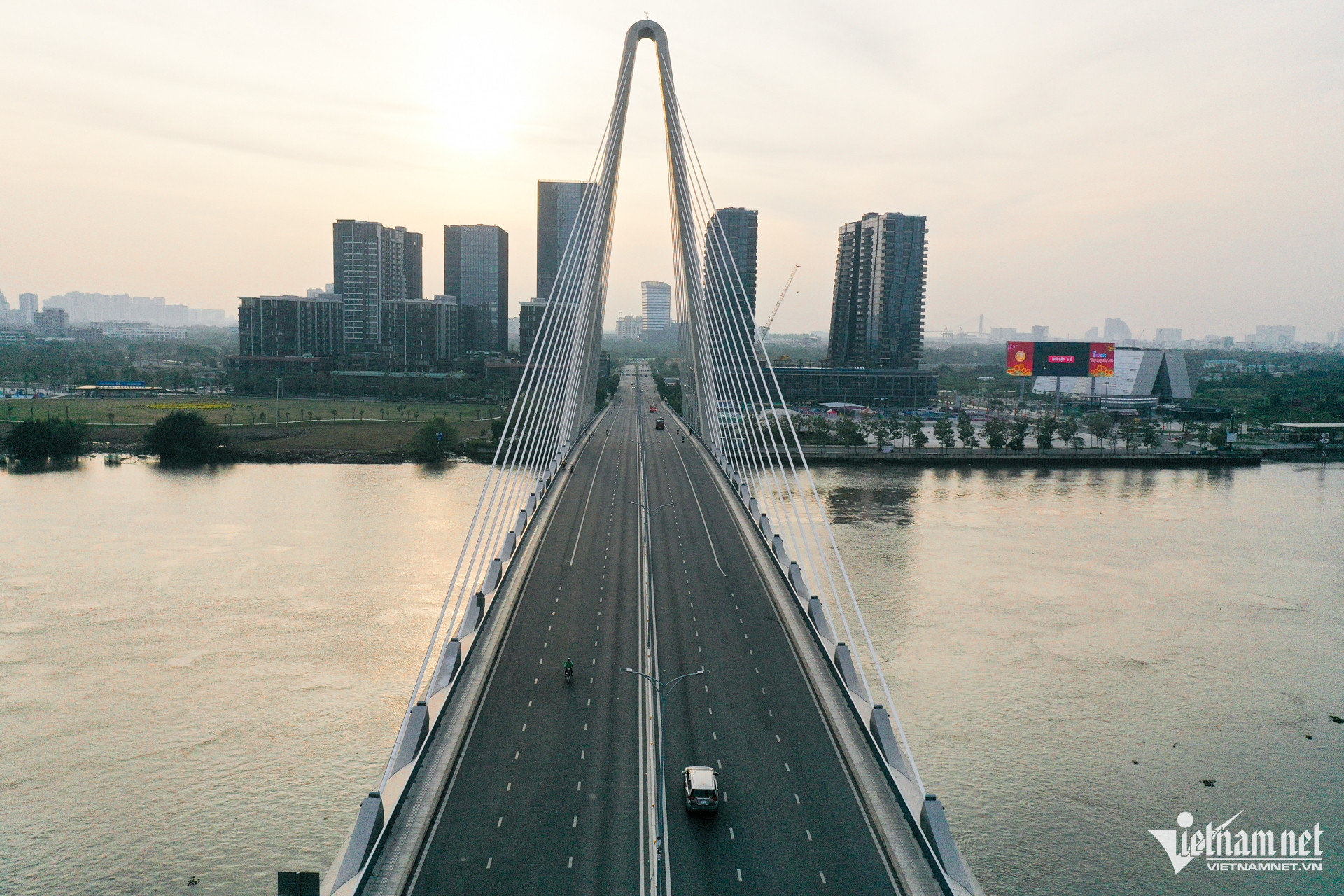


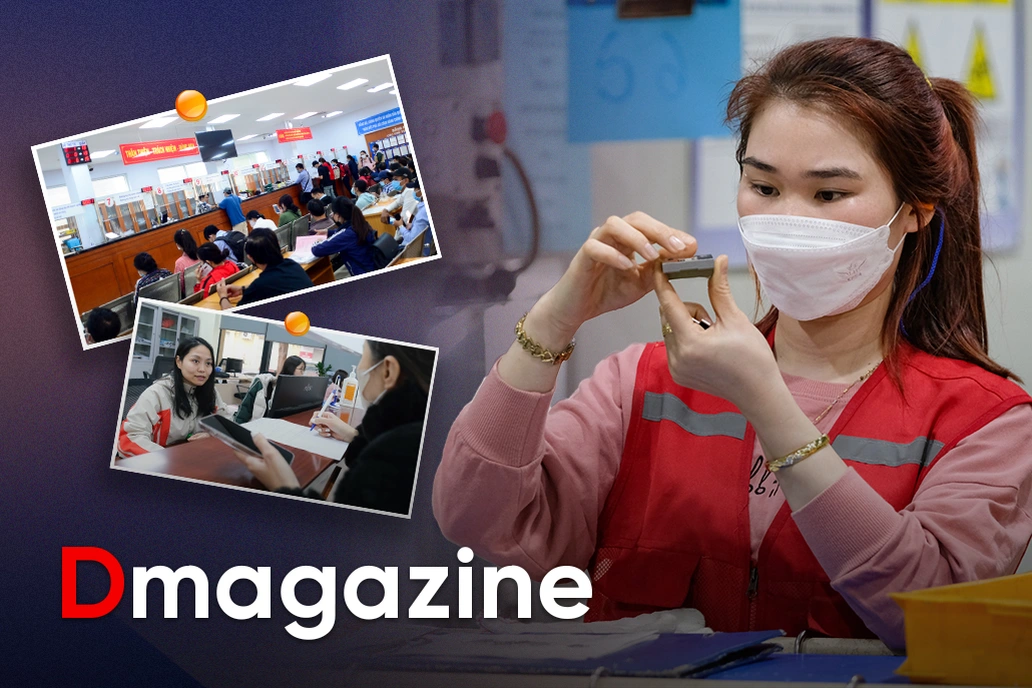





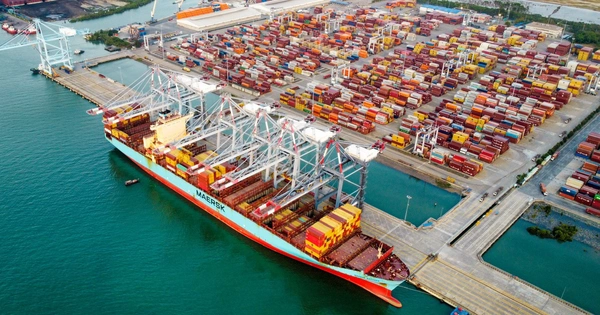









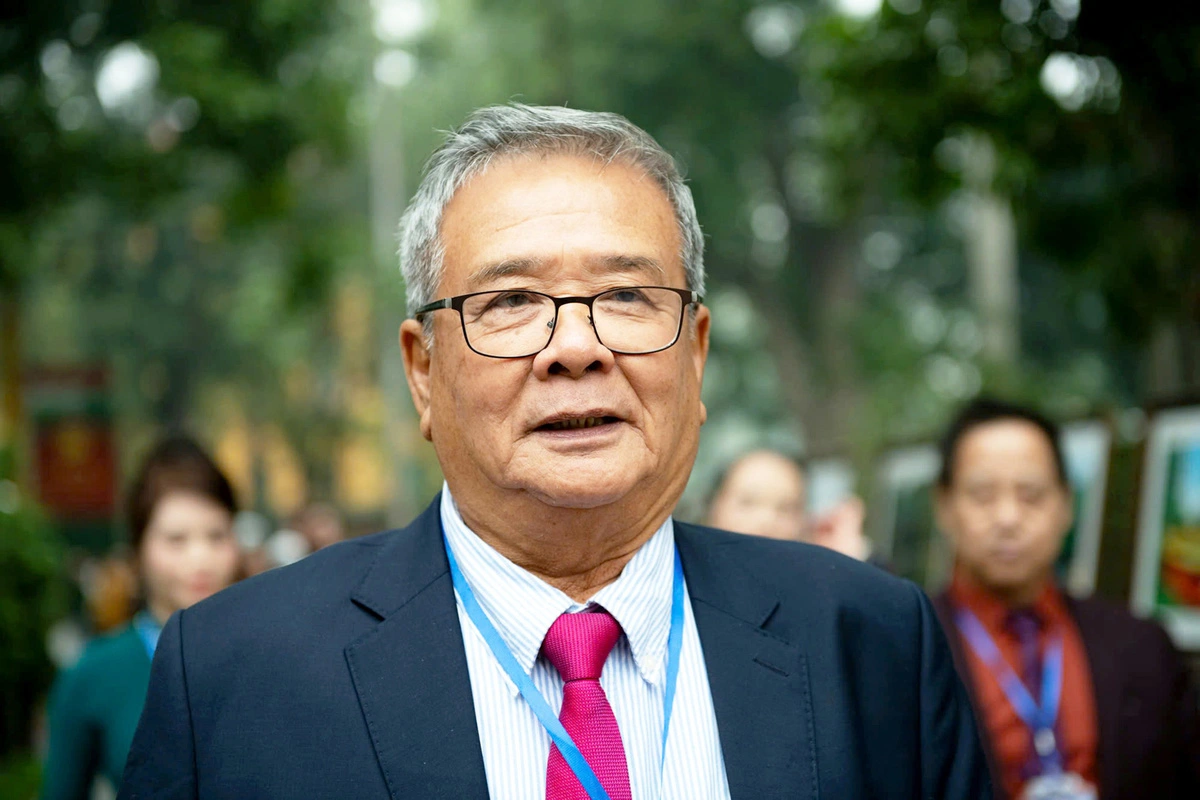






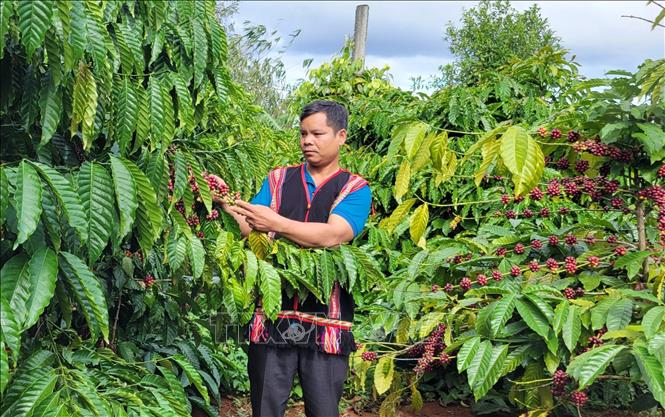





Comment (0)